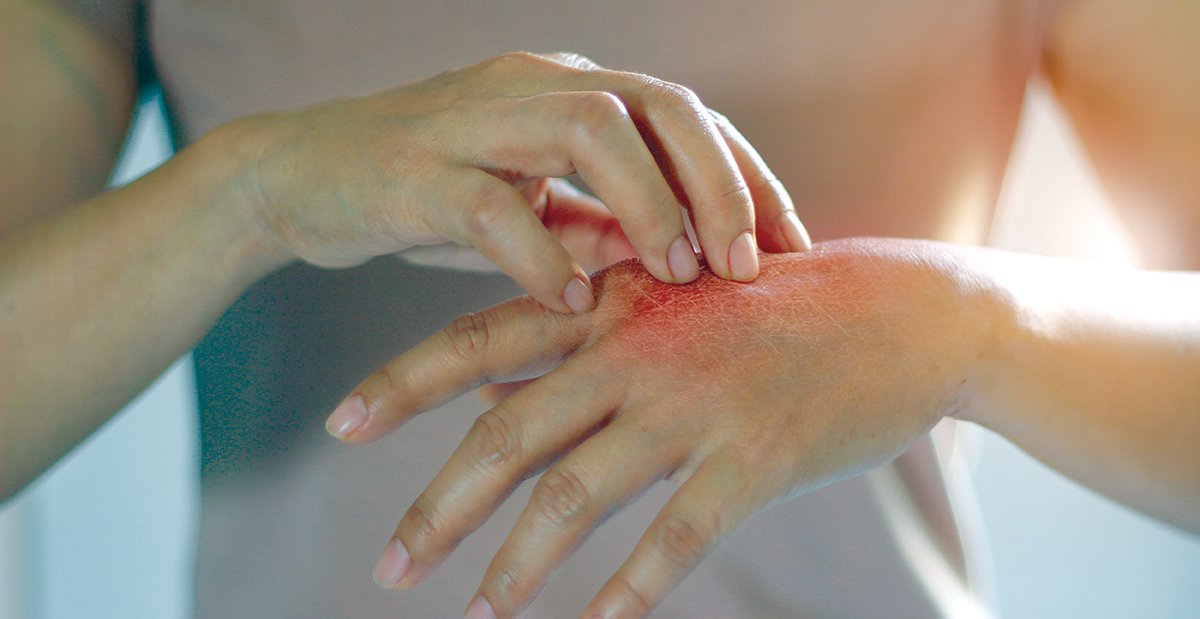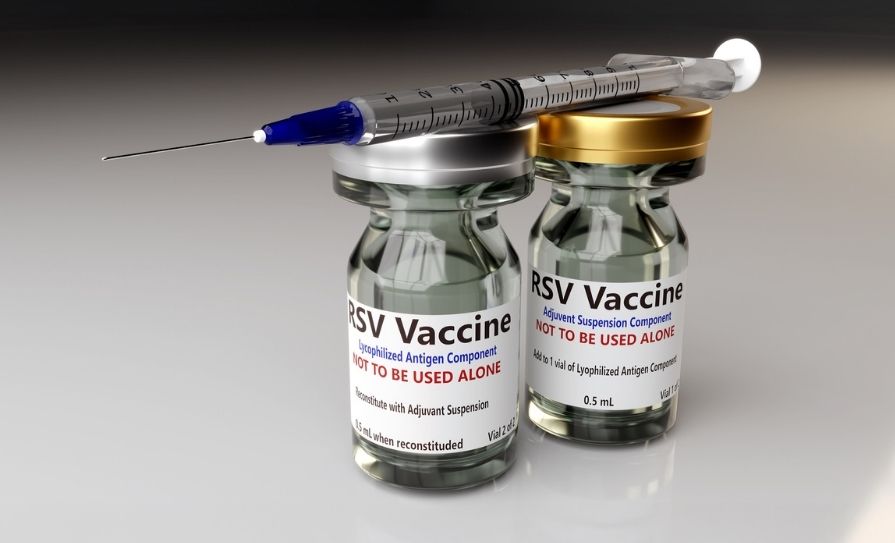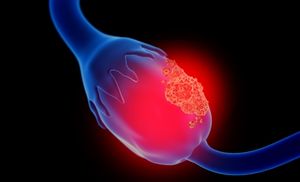An overview of the presentation, co-morbidities and latest treatment approaches to psoriasis
Psoriasis is a chronic immune-mediated inflammatory skin disorder, affecting at least 100 million people worldwide, a 2015 report (Burden of Psoriasis in Ireland: Epidemiology, Quality-of-Life, Co-morbidities and Treatment Goals) suggests that there are 73,000 people with psoriasis in Ireland, estimating a prevalence of close to 2 per cent of the Irish population. Within this figure it is suggested that 12.4 per cent present with a severe form of this disease.
Presentation
Psoriasis can appear at any age, but most commonly occurs with an initial peak between the ages of 18 and 35 years of age, with a subsequent peak at age 57 to 60 years. It affects males and females equally.
Plaque psoriasis (psoriasis vulgaris) affects approximately 90 per cent of people with psoriasis. Plaque psoriasis is characterised by erythematous scaly plaques with well-defined edges. The plaques can vary in number and size and affect any part of the skin surface. It most often occurs in a symmetrical pattern on extensor surfaces of the knees, elbows, scalp, and trunk.
Guttate psoriasis is the second most common form of psoriasis. The word ‘guttate’ comes from the Latin for ‘drop’ (gutta). This type of psoriasis occurs more commonly in adolescents or young adults. Onset is sudden, with the widespread appearance of small ‘drop-like’ patches, usually on the trunk and limbs and can be preceded by a streptococcal throat infection.
Inverse psoriasis occurs on flexural surfaces including the armpits, groin, under the breast and in skin folds. The plaques are usually smooth without scaling due to the moist nature of the area. Painful superficial fissures sometimes occur in skin creases.
Scalp psoriasis is one of the most common sites to be affected by psoriasis, and sometimes the only area of involvement. It can extend to, or just beyond the hairline and commonly occurs behind the ears. Almost 80 per cent of people with psoriasis will have scalp involvement at some point in their lives, and it is not unusual for the scalp to be the first site of disease involvement.
Nail psoriasis can affect the nails of both hands and feet. Changes may include: thickening, onycholysis, changes in colour, and the appearance of pits. Nail changes are often associated with psoriatic arthritis.
Pustular psoriasis presents as an eruption of sterile pustules, generalised and extensive or localised to existing plaques. The diffuse variant is known as von Zumbusch variant, an uncommon severe form of psoriasis accompanied by fever, oedema, malaise, and widespread pustules. Palmo-plantar pustulosis is characterised by pustules confined to the hands and feet, with scaling and pruritus. This painful and debilitating form of psoriasis can severely limit everyday activities.
Erythrodermic psoriasis describes instances where almost the entire body surface is involved, and is characterised by erythematous skin with diffuse, fine, peeling scale. Some patients may experience fever, chills, and fatigue and in some cases it can be life-threatening, requiring hospitalisation.
Pathophysiology and risk factors for the development of psoriasis
Psoriasis is a complex multifactorial condition and three central factors contribute to its development: abnormal immune system responses, genetic predisposition, and environmental factors.
Recent research has shown evidence that psoriasis is a cell-mediated inflammatory disease, mainly induced by pathogenic T-lymphocytes and dendritic cells. An immune response is triggered and is defined by the release of certain cytokines, including tumour necrosis factor, interleukin (IL)–12, IL–23, IL-17, and interferon gamma. This inflammatory reaction triggers the hyper proliferation of keratinocytes, resulting in cells being forced to the skin surface where they accumulate. This process of inflammation then attributes to erythematous plaques covered in silvery scales.
Psoriasis can tend to run in families and in excess of 40 genetic susceptibility loci have been recognised. Different types of the same gene are called allele. Psoriasis-susceptible alleles, in particular one called HLA-Cw6, are thought to be associated with early onset psoriasis and guttate lesions.
Environmental factors can also play a role in those who are susceptible. In some cases, emotional stress, obesity, injury to the skin also referred to as Koebner phenomenon, infection (streptococcal), HIV infection, withdrawal of corticosteroids and certain medications such as lithium, beta-blockers and antimalarial medication can trigger the first episode of psoriasis or exacerbate it. Certain lifestyle factors such as alcohol consumption and smoking may worsen it.
Assessment and management of psoriasis
Treatment decisions are based on disease activity, impact of the disease on the patient’s quality-of-life, co-morbidities, and the requirement for referral to specialist care.
Assessment
Although there is no cure yet, there are a range of effective treatment options available depending on severity and location. The severity of psoriasis is categorised into mild, moderate, or severe. The global rating scale is a tool used to evaluate the extent of the disease according to the body surface area (BSA). The categories of psoriasis are classified as mild (BSA ≤3 per cent), moderate (BSA 3-10 per cent) and severe (BSA ≥10 per cent) and treatment is decided by disease severity. The BSA does not assess clinical features of the disease such as erythema, scale and thickness of the plaques, therefore a common and beneficial tool in assessing disease severity in the dermatology clinical setting is the Psoriasis Area and Severity Index (PASI).
The PASI generates a score from visual estimation, including erythema, thickness of plaques, and scaling present on head, trunk, and limbs, to generate a score from one to usually >30. A PASI <10 may be considered mild and >10 as moderate to severe psoriasis. This tool is beneficial in assessing disease severity and is also used to monitor treatment response.
A really useful health-related quality-of-life measurement tool used in clinical practice is the Dermatology Life Quality Index (DLQI). This tool is not psoriasis specific, however it helps clinicians to assess the impact of psoriasis on the person’s life. The DLQI consists of 10 questions grading the impact psoriasis is having physically, emotionally, socially, and sexually. It also assists the clinician to measure effectiveness of treatments. DLQI scores range from zero (no impairment of quality-of-life) to 30 (maximum impairment).
UK National Institute for Health and Care Excellence (NICE) guidelines recommend referral from a non-specialist setting for a dermatology specialist consultation if more than 10 per cent of the body surface area is affected; psoriasis cannot be controlled with topical therapy; requires phototherapy, nail psoriasis that has a major functional impact; and psoriasis that has a major impact on a person’s physical, psychological or social wellbeing; and where there is uncertainty around diagnosis.
Topical treatments
Topical treatments are typically used when psoriasis is mild-to-moderate and may be prescribed alongside other therapies. When used as directed, advantages of topical treatments include that lesions are directly targeted, safe, effective, and well-tolerated. However, disadvantages of topical treatments may include that application is time-consuming and inconvenient, fear of side effects and some treatments can be greasy and malodorous in application and can cause staining of clothes and linen. Due to these factors, patient’s adherence to topical therapy can be suboptimal. It is important that patients are educated with verbal and written instructions to support the safe and successful use of these treatments in the long-term and to set realistic expectations.
Depending on site and type of psoriasis, effective topical treatments include emollients, topical corticosteroids, vitamin D analogues, coal tar, dithranol, and calcineurin inhibitors. Some of these treatments are used as monotherapy or in combination with other agents.
Phototherapy
This is the mainstay of treatment for moderate-to-severe psoriasis. Phototherapy is a form of artificial ultraviolet light treatment, comprised of either ultraviolet A (UVA) or ultraviolet B (UVB) wavelengths of light, delivered in hospital dermatology day care centres. Narrowband UVB is the most common type of phototherapy used to treat psoriasis and is usually given three times a week. UVA must be combined with a light-sensitising medication such as psoralen to be effective, which is commonly known as PUVA, and this is given twice a week.
Phototherapy can be temporarily efficacious for many patients, with remission times varying from patient to patient. However, some drawbacks of phototherapy include limited accessibility and significant time commitment by the patient. There is also a limit to the amount of ultraviolet treatments patients can receive, as there is a safety limit for skin cancer risk.
Systemic treatment
This option is for people with extensive or unresponsive psoriasis where topical treatments and phototherapy have not worked or are not recommended. The individual patient profile, lifestyle factors, associated arthritis, drug cost, side effect profile, along with patient preference all influence choice of drug.
Current options include methotrexate, fumaric acid esters, acitretin, ciclosporin, and apremilast. As these medications have different toxicity profiles, patients are reviewed and monitored regularly to avoid any potential side effects.
Biologic agents
Biological drugs represent state-of-the-art treatment and have made a profound impact on the management of moderate-to-severe psoriasis. These immunomodulators target specific molecular actions in the pathogenesis of psoriasis.
Tumour necrosis factor (TNF)-α inhibitors work by blocking the action of the protein TNF-α, which is involved in the abnormal immune responses and inflammation that contribute to the development of psoriasis. These include secukinumab, adalimumab, etanercept, and infliximab.
IL-inhibitors block the actions of IL proteins such as IL-23 and IL-17 that are also involved in the abnormal immune response in psoriasis. These agents include ustekinumab, guselkumab, ixekizumab, secukinumab, and brodalumab. These therapies are prescribed under the guidance of specialist physicians experienced in the diagnosis and treatment of psoriasis and patients are reviewed regularly to monitor for and reduce the risk of potential adverse effects.
Biosimilars
Recently, biosimilars have been added to the list of biological agents used to treat moderate-to-severe psoriasis in Ireland. Biosimilar medicines are new biological medicinal products that have demonstrated ‘similar’ efficacy to the original biological therapy (reference medicine).
It is important to mention that biosimilars are approved according to the same standards of pharmaceutical quality, safety, and efficacy that apply to all biological medicines, while offering the potential for cost-reduction in treating patients with moderate-to-severe psoriasis. Currently licensed biosimilars include adalimumab, etanercept, and infliximab.
Co-morbidities
There are a number of other conditions that are linked to psoriasis; these include psoriatic arthritis, cardiovascular disease, Crohn’s disease, obesity, chronic obstructive pulmonary disease, kidney disorders, metabolic syndrome, sleep disorders, and non-alcoholic fatty liver disease. It is reported that people with more extensive or severe psoriasis are more likely to have co-morbidities.
There are significant physical and psychological morbidities associated with psoriasis. The physical impact includes itch, particularly in certain sites such as the scalp, lower legs, and groin. If psoriasis affects the hands and feet, painful fissures can develop and these can affect use of hands and walking. Psoriatic arthritis can produce pain, swelling, and stiffness in one or more joints. If the nails are affected, lifting of the nail plate from the nail bed can be painful. Physical symptoms can lead to sleep disturbances, fatigue, and poor work performance.
As this can be a visible skin condition, the psychological effects are not to be underestimated; these include low self-esteem, self-consciousness, embarrassment, anger/frustration, stigmatisation, depression, and influence on choice of clothing. A recent study of adolescents with psoriasis demonstrated that there was an association between psoriasis and anxiety disorders as well as impaired social adjustment skills.
A survey in Ireland in 2015 revealed that over half of the respondents felt that their psoriasis impacted on their love-life, and a third reported that their condition prohibited them from dating. When asked about applying for a job, 21 per cent acknowledged that their psoriasis had prevented them from doing so. Furthermore, 56 per cent of respondents claimed that they were the object of negative comments from other people. This highlights the lack of knowledge about psoriasis and its impact on the person with this skin condition.
Summary
In conclusion, psoriasis puts a major burden on the quality-of-life and mental health of patients with this skin disorder. The burden of psoriasis affects people in different ways due to physical factors and the possible accompaniment of co-morbidities, such as psoriatic arthritis and cardiovascular disease. It has been reported that disease severity also has a negative economic impact on the patient’s life, resulting in quality-of-life impairment.
In addition to controlling the symptoms of psoriasis, trigger factors should be identified and eliminated if possible. It is important to educate patients with regards to self-care in the management of their psoriasis, including smoking cessation, maintaining a healthy BMI, risk factor checking, such as blood pressure, cholesterol, type 2 diabetes, and psoriatic arthritis.
Although not ‘curable’, people with psoriasis should be reassured in the fact that psoriasis can be controlled as there are many excellent treatments available and new therapies in development. The Irish Skin Foundation website offers extensive information on psoriasis, its comorbidities and treatments for people living with psoriasis.
References on request













Leave a Reply
You must be logged in to post a comment.